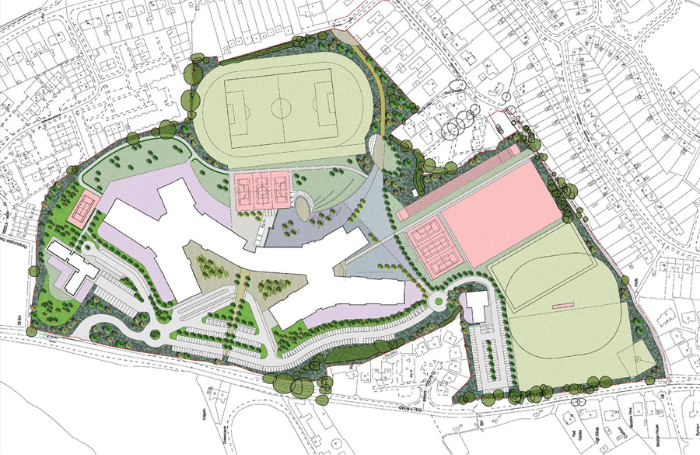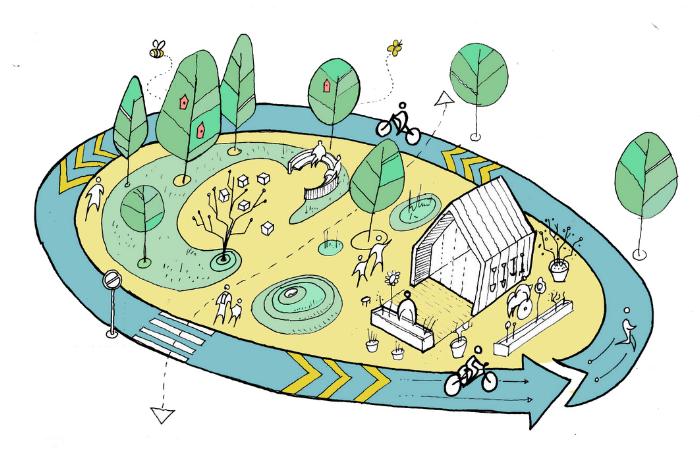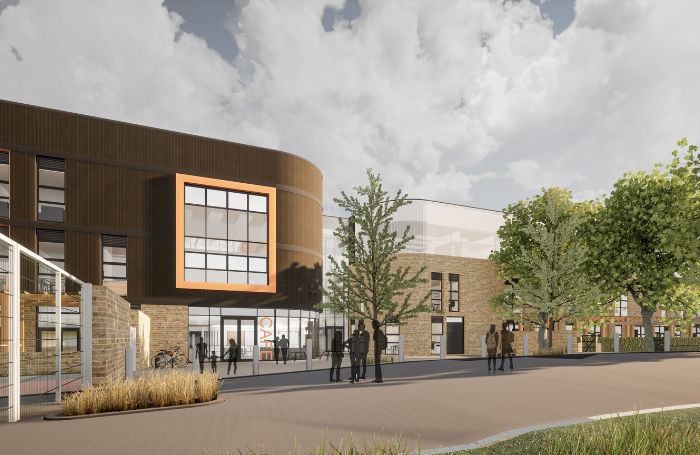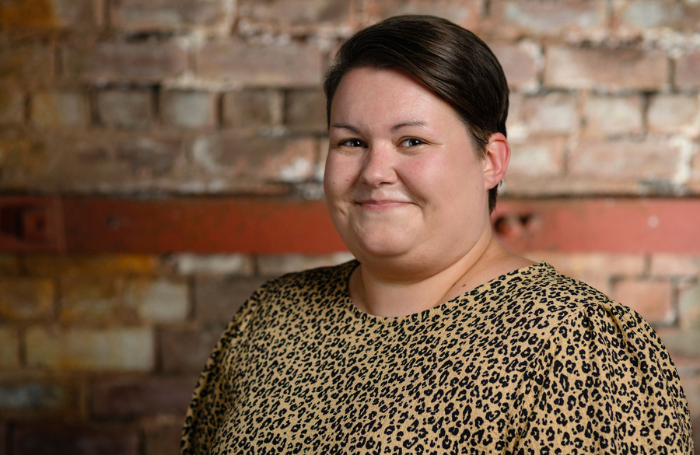The idea of creating a school campus that caters for students with a variety of learning needs, where facilities are shared and students can be integrated, sounds like the sort of project that you would see on a Part 2 university course. However, over the past 10 years, these ‘learning campuses’ have become more common.
This piece looks at two such projects from the HLM Architects catalogue – Penarth Learning Community in the Vale of Glamorgan (completed in 2015) and Fairwater Campus in Cardiff (due to be completed in 2025) – to explain how lessons learned from the earlier project have informed the latter.

Work on Penarth Learning Community (PLC) commenced in 2010 with the development of the brief, where it was proposed to relocate four different schools. One mainstream secondary and three special educational needs and additional learning needs (SEN/ALN) from across the Vale of Glamorgan onto one site in Penarth.
Roughly 10 years later, history almost repeated itself with the brief for Fairwater Campus, where it was proposed to bring together three schools (one mainstream secondary and two SEN/ALN) from different areas of Cardiff on to one site in Fairwater, Cardiff.
The aim of each campus was to provide improved facilities, whilst achieving some economy of scale, as well as offering the opportunity for better integration between the SEN/ALN and mainstream students and promote inclusion and acceptance.
Although the projects had different clients and design timelines, the similarities could not be ignored. Therefore, when developing the design for Fairwater Campus, HLM Architects sought to benefit from experiences on the PLC project, to create an optimal scheme for the client and end users.

Engage
As is the case with any architectural project, the brief is king, as it establishes the footing of the scheme from the very beginning.
In both projects, the brief was based on the Building Bulletin and regulatory guidance to establish the Schedule of Accommodation (SoA), but the process did not stop there. During RIBA Stages 2 to 4 of the design process, the brief was developed through detailed end-user engagement to establish the true needs of the schools and critically analyse the SoA.
This process included ‘Day in the Life’ sessions where the architects were able to experience the school first hand to better understand the needs of the students. This led to the development of the ‘classroom pair’ layout which embodied the ideas of flexibility and adaptability. This was accomplished by keeping the essential hygiene spaces easily accessible without imposing on the classroom space.
This helped enhance the autonomy of the students by enabling them to freely move between the classroom and the breakout spaces without jeopardising safety. In addition, having hygiene spaces close to each classroom helped maintain the dignity of students if accidents occurred.
Support
Extensive engagement with school staff also helped the design team to understand the inner workings of the school day, in particular the importance of the drop off. The beginning and end of the school day are both slightly chaotic for any school, as it is difficult to move so many people at once.
Add in the fact that many special educational needs SEN/ALN students travel to school via chartered school transport in the form of taxis or minibuses, and this process can become even more so.
As some SEN/ALN students can find this experience incredibly stressful, the drop off experience can negatively impact on the school day and the students’ experiences.
Therefore, the logistics of people and vehicles during these times were sensitively considered from the beginning of the design process, both to ensure safety and facilitate school control over the whole operation.
At PLC, the car park was part-utilised for drop off to create efficiencies with external space. However, this was not a perfect solution and post-occupancy feedback led to this idea being improved upon at Fairwater. The solution here was to provide a drop off loop that is separated from the car park with a dedicated site access point.
This space would enable the schools to fully control the process by providing a secure area that is separate from any other form of access at the beginning and end of the school day.
This would create a safe, calming environment for their pupils and reduce the risk of negative experiences for the students. As a bonus, the loop could also be utilised during the day for occupational therapy and sports activities, for example, trike riding and foot races.

Integrate
As touched upon previously, one of the aims of both projects was to enhance inclusion through the mixing of students. Unfortunately, this is not as simple as it sounds, as sometimes misunderstandings around SEN/ALN needs can lead to conflict.
Therefore, to ensure the safeguarding of all students, it is essential that unplanned interactions are avoided, and mixing is done in a controlled manner.
At PLC, a design was developed that provided separate spaces for the different schools, but also offered the option of links between them, through the winged building layout. This enabled the mixing of students to be carried out based on the needs of the individual, as it was easy for select pupils to move between the schools as their needs developed.
The layout also meant that the flow of pupils through the schools was made easier, i.e. from primary stage to secondary, as the environment remained familiar due to the shared external facilities and building language.
At Fairwater, these principles were adopted, and a winged layout was developed with the addition of a large, central ‘commons’ space that could be utilised by all the schools. There is also the opportunity for the sharing of external space, due to the inclusion of a separate health and wellbeing block that is also open to community use.
Through the development of the above projects, HLM Architects established a set of principles for the design of inclusive learning campuses that can be easily applied to future projects.
Following the recent implementation of the Sustainable Communities for Learning Programme and new curriculum by the Welsh Government, we hope to see these campuses become more common in the future as we believe, through thoughtful design, we can create environments that cater to a wide range of needs and prove that we are not all as different as we may seem.
About the author

Gina Callaghan is an architect with ten years of industry experience. She has worked predominately on education and healthcare projects across Wales and the southwest of England, including primary schools, universities, and hospitals.
With a developing specialism in SEN/ALN design, Gina is currently working on several new ALN schools within Cardiff and exploring the similarities between healthcare and specialist education settings through written research.









